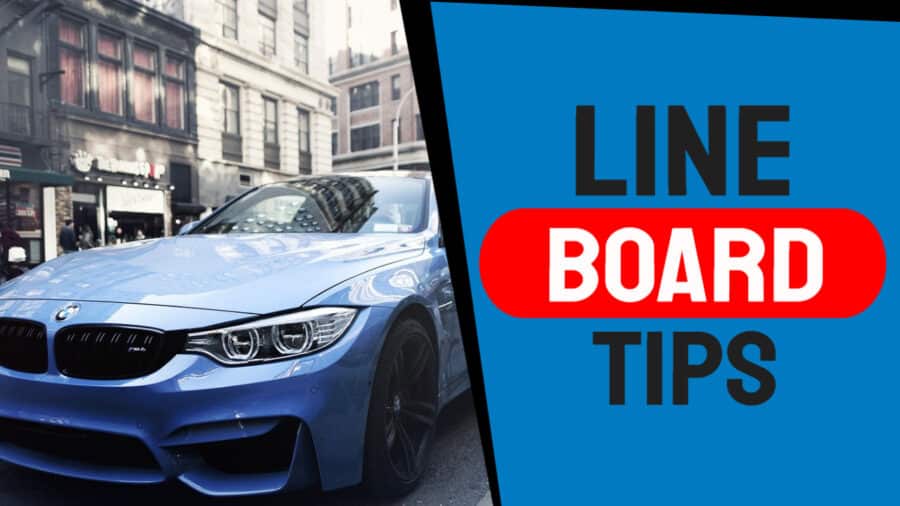
Learning the PDR Line Board
Are you looking to learn more about using the PDR line board for paintless dent repair? If so, make sure to watch this PDR line board video.
Video Summary
Hello, everyone this is Mike Toledo, I’m going to be demonstrating a basic PDR line board tutorial on lines. Obviously, that’s pretty much all I do anyways so well. I thought I’d just donate in there, but anyways. So, what I’m going to do is push out this dent without making any high spots or knocking down. Obviously, this is your ultimate goal is to push out a dent without having to knock down at all right. So, if you push in the right areas with the right tool, the right pressure you’ll do very well, so I actually push out the dance with this type of tool right here. Okay, my whole goal is to keep that dent is round and straight as possible.
That’s my number one goal and what I mean by that is that I want to keep my dent clean. I don’t want no bumps or high spots, or you know, lopsided debt as you’ll see I’ll keep this dent clean and I’ll press very accurately. Now start from the top and I’ll kind of gradually go into the middle, but that black line see how it splits, then you got the Al’s eye the whiteness. Well, I want to stay within the black line. I don’t want to go outside. I just kind of randomly shape the dent okay, if it’s oh, if it’s a little off on the left or a little high on the left, excuse me a little low on the left. Then I’m going to press on the left side if it’s lower on the right side, that’s where I’m going to press but you’ll see as I press the dent is very slowly starting to take a shape and it’s actually getting smaller. Now I want to keep that line. I want to always compare the line, I’m working on to the line and work I see on the right or the left, that’s my guidelines, that’s why I have multiple lines and so many from left to right. It really gives me a good comparison, just keep in mind, you want to keep your ding or dent symmetrical.
If you have any questions about the PDR line board, make sure to leave me a comment. You don’t want it all lopsided. So, as you can see, I’m just I’m just pressing within that line and when I press within that line, you can see now the line is becoming just too straight or on almost as straight as compared to the left side and the right-side lines. So, I’m not here to demonstrate the lines are superior to fog or fog is better than lines or natural reflection is the best and any smart technician. Any experienced technician knows that it’s not about the reflection, it’s how well you know it. How? Well, you understand your reflection is what’s going to matter. My whole purpose for these tutorials is to share my understanding about the PDR line board. I’M not here to say that I’m the best, because I’m not I’ll, be honest with you. I’M not, but I really understand the line board and I like to share what I know not all the time for free, but I do like to give once in a while. So, I’m very passionate about paintless dent repair.
I’M sure a lot of you guys are out there too and again; I’m not trying to prove to anybody anything I’m trying to help people who actually want to learn PDR or getting into PDR. This is how you should really do PDR. You should do it clean. Keep your Dan symmetrical take your time and do it right, don’t be out there being a hack. So that’s what we want to practice so we’re just about to wrap this up. I’M just actually dialing the dent in, if you guys have any questions about anything, just email me dent time at gmail.com and please subscribe to our videos. I really appreciate it and again: email me. If you have any questions dent time at gmail.com or you can actually purchase one of these lights at Auto lecture comm thanks a lot guys have a good one. I hope you enjoyed this video on learning the PDR line board.
For more check out Tesla Model S Dent Removal.
